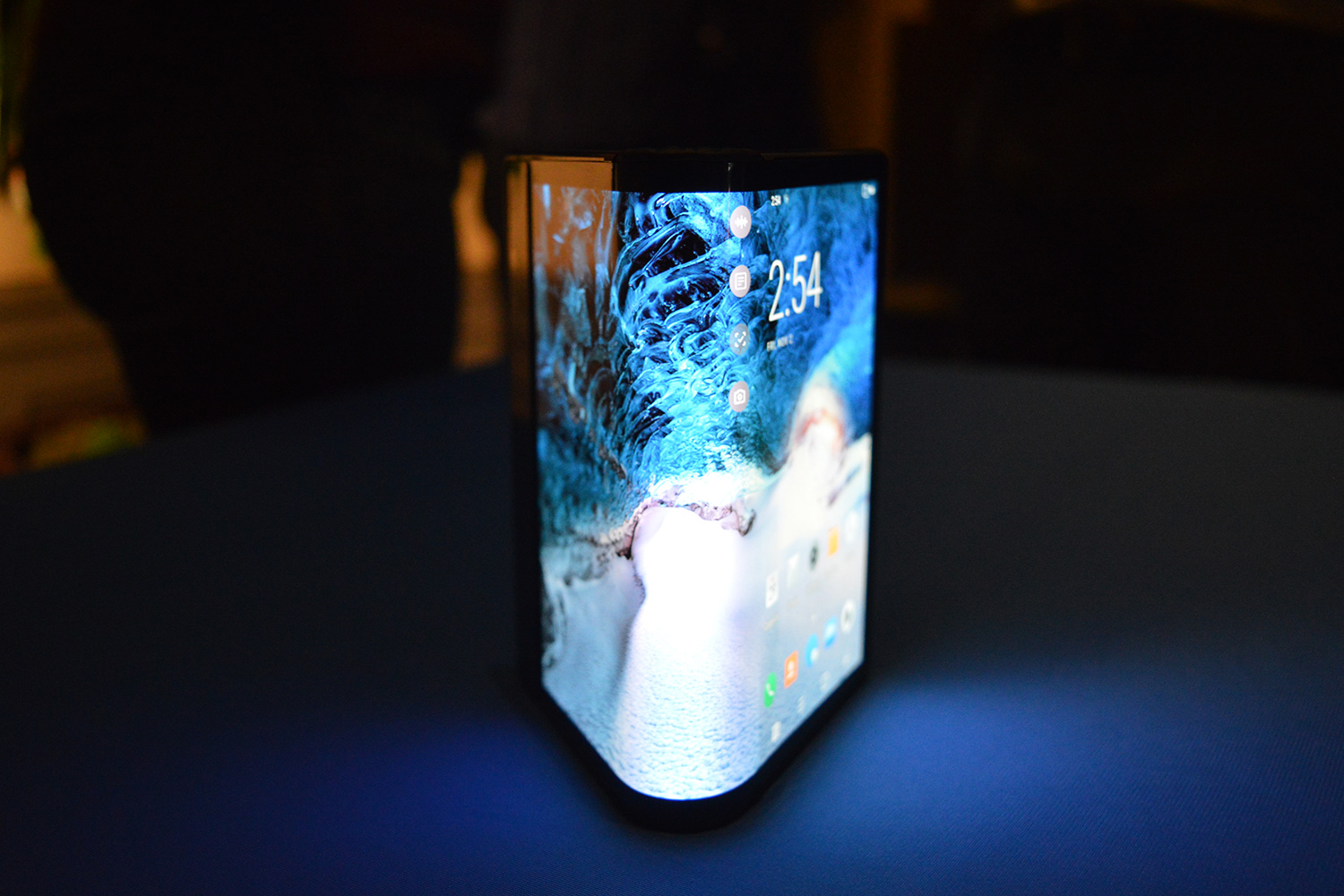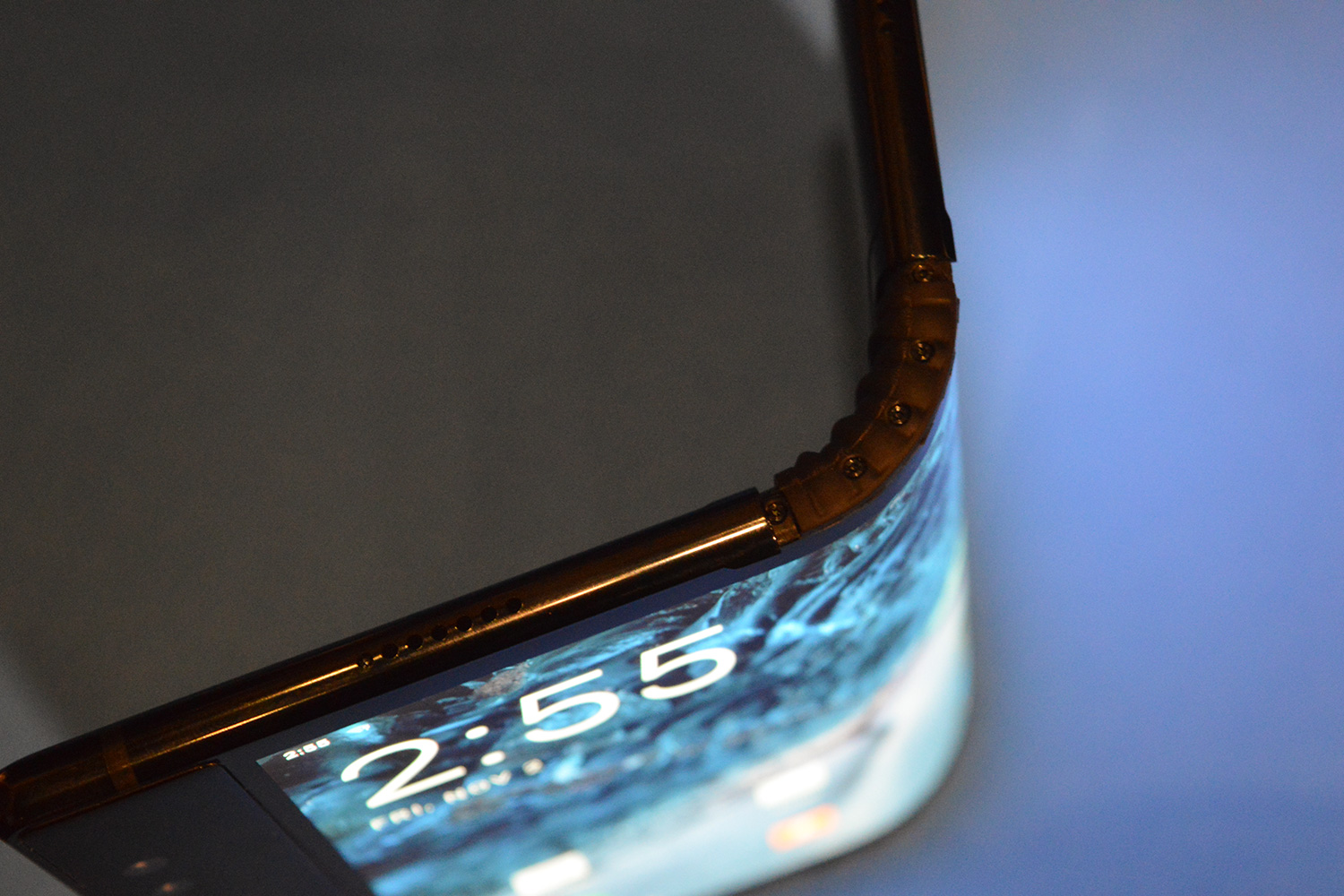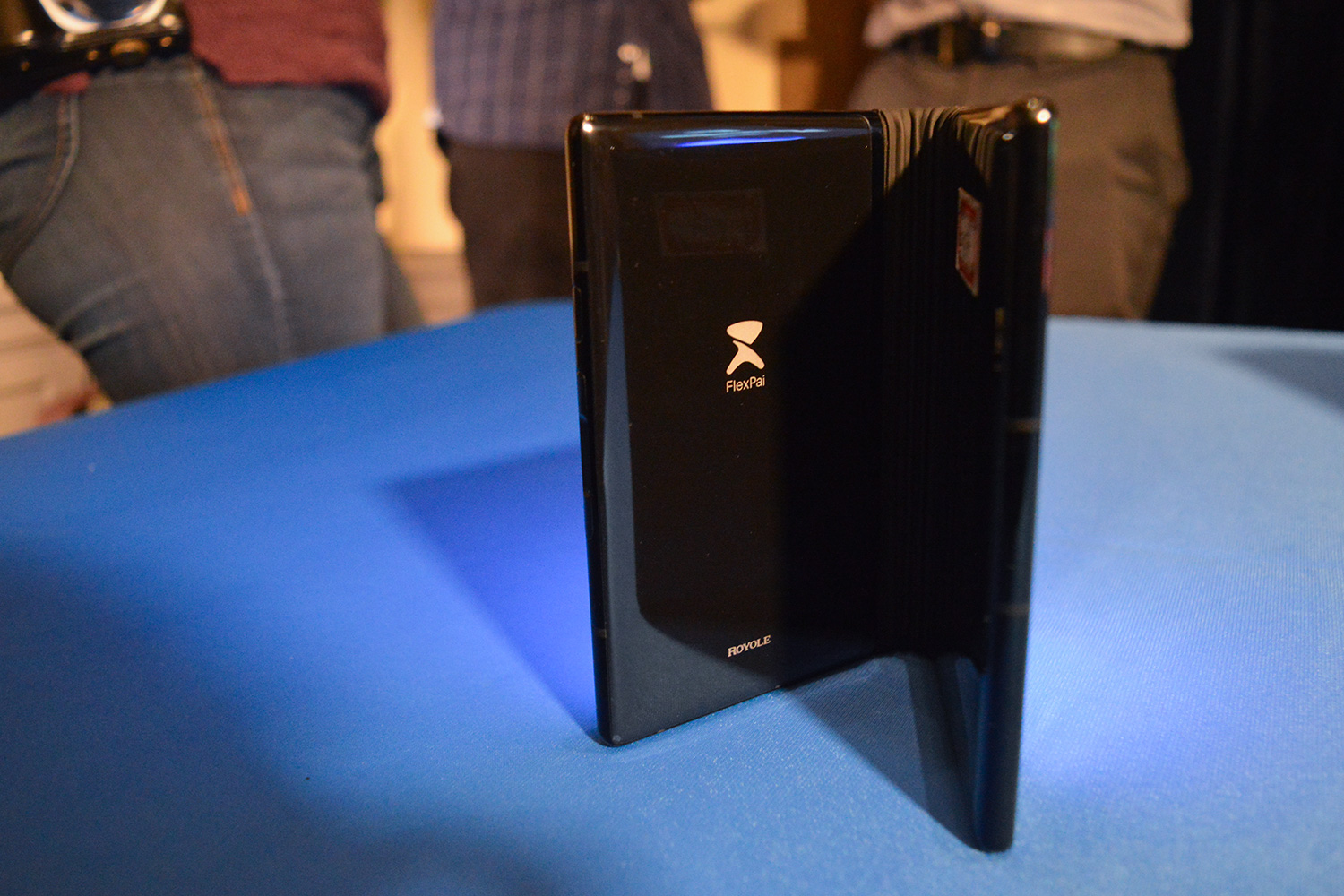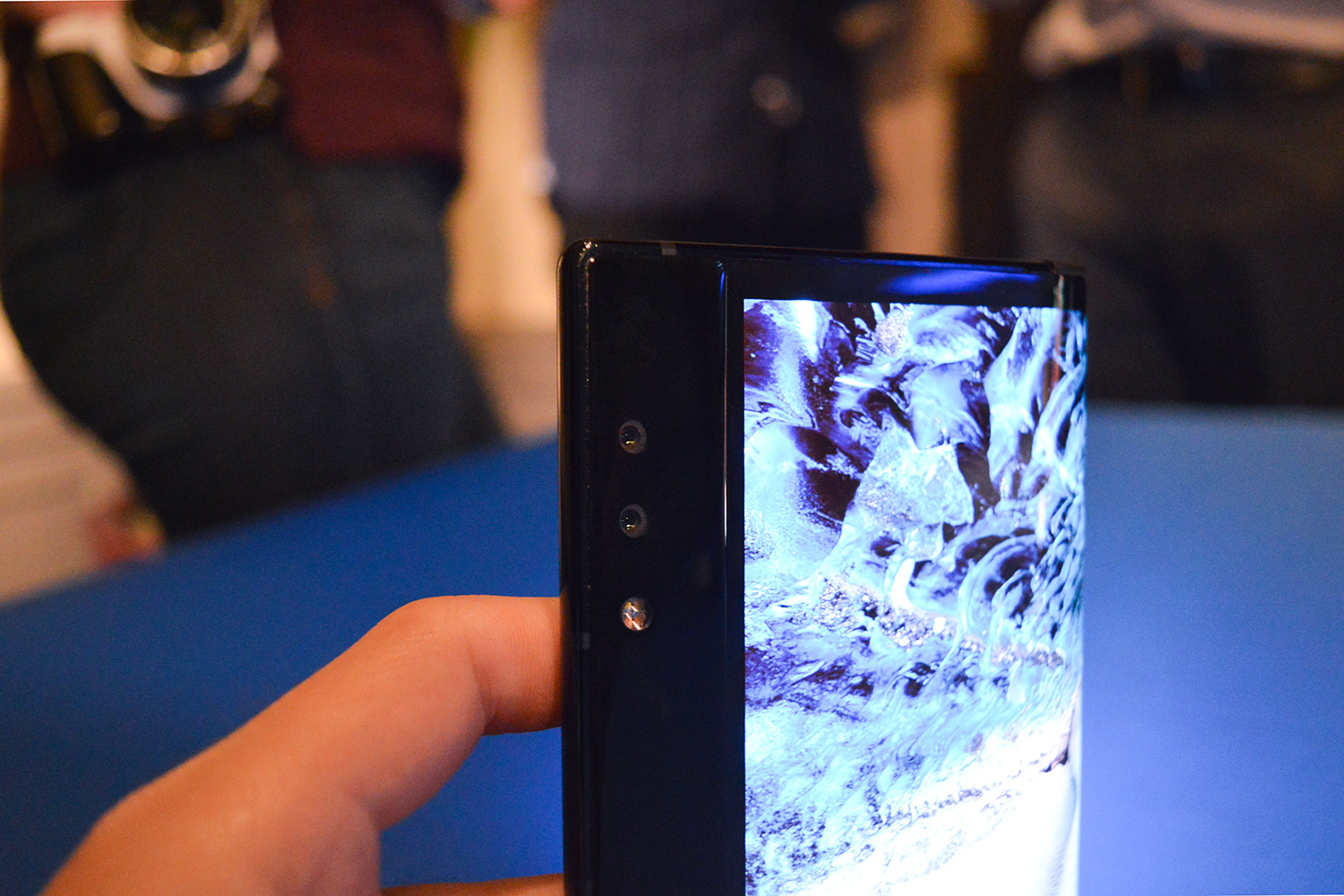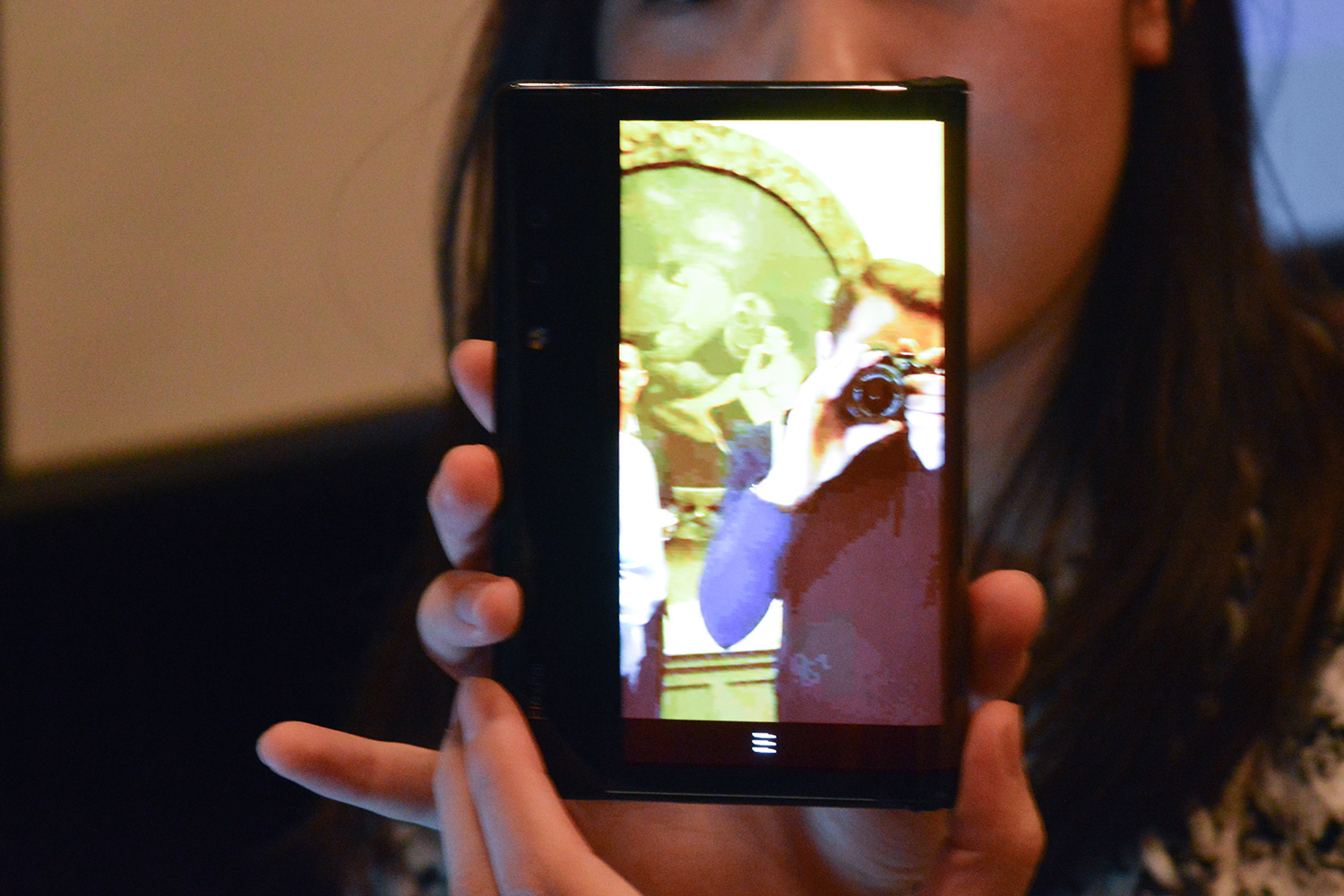Since Apple launched the iPhone in 2007, smartphones have become more powerful, more stylish, and more feature-packed than ever before — but the basic shape has remained the same. The smartphone market is ripe for change, and foldable phones are gearing up to be the next big thing. Expectations are high for the Samsung Galaxy X, which may be revealed today, and a foldable phone from LG, which we expect to see at CES 2019 — but you don’t need to wait until January. A company called Royole has beaten everyone to the punch with the Royole FlexPai.
Is this foldable smartphone ready for consumers? And can a small, unknown company like Royole really take on the likes of Samsung? We had an opportunity to spend some time with the FlexPai, and the answer is a resounding “no,” and “no.” But that doesn’t mean Royole hasn’t delivered something interesting.
Foldable design
The FlexPai is a phone unlike any other, and that’s immediately noticeable when you first lay eyes on it. When folded out the device offers a 7.8-inch display, which sits firmly in “small tablet” territory, with a 1,920 x 1,440 pixel resolution. Folded up, the FlexPai suddenly delivers two displays — one with a 16:9 aspect ratio, and the other with an 18:9 aspect ratio. Royole demonstrated a few use-cases for a device with two displays. For example, when taking a photo of someone, you can show the viewfinder on both the front and the back display, allowing the subject to be able to see themselves while they’re being photographed.
Speaking of which, you can take those pics with one of two lenses, a 20MP telephoto and a 16MP wide-angle. But maybe try the astonishing five-lens PureView camera on the Nokia 9 instead? Or the iPhone XR or Pixel 3?
You don’t need to use the second display when it’s folded up. The FlexPai can automatically detect which display you’re using, turning the other one off. In our limited time with it, we found it to work reasonably well, but there were often stutters and skips in the software figuring out which display it should be using.
The screen itself is plastic, not glass, which Royole said can fold 200,000 times until it degrades. That many folds means if you fold it 100 times a day, the screen should have no problem lasting five years before you’ll start seeing significant wear and tear. It’s highly unlikely you’ll be unfolding a phone this many times. Despite having no issues folding the device in and out, we did see some air bubbles under the hinged part of the display, and touch sensitivity was wonky. We were told this is because the phone is a prototype, and these problems shouldn’t be present on the final version. We’re skeptical, but we’ll have to wait and see to find out.
We did see some air bubbles under the hinged part of the display, and touch sensitivity was wonky.
The phone folds up with a hinge, and there’s a gap between the two sides of the phone, which not only makes the device thicker, but it also makes it a little awkward to hold and use. Phone thickness and overall feel is something foldable phone manufacturers will have to address if this is the future of the smartphones, because it’s not comfortable to use the FlexPai.
2018 continues the bezel-less smartphone trend, where the edges around the screen are minimized, but it looks like we may have to go back in time with foldable phones because the FlexPai has chunky bezels. When folded out into a tablet, the bezel is found on top; while in phone mode, it’s on the left side of one of the two displays. In that inch-thick bezel, there are two camera sensors, including one 20-megapixel telephoto lens and one 16-megapixel wide-angle lens.
Clunky software
Perhaps the biggest question mark with the FlexPai is software. Every time we folded or unfolded the phone, the software skipped around a little before settling in on the right mode. It runs a forked version of Android that Royole calls Water OS, and the company said it’s still working on ensuring the software works properly before release. On top of that, it’s also unclear how well third-party apps will work on the FlexPai without special development. When asked, we were told “third-party apps would work on the phone as-is, but apps specially developed will work better.” We’re not confident this phone will be able to run all the usual apps in a well-optimized manner.
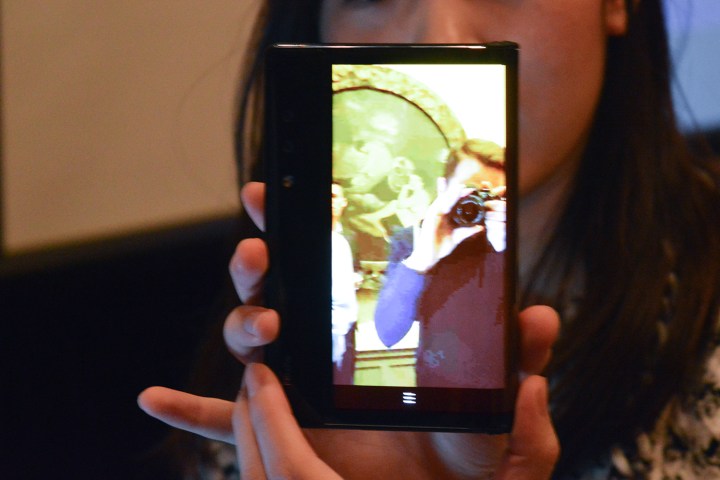
Under the hood, the phone comes with either 6GB or 8GB of RAM, and storage options of 128GB, 256GB, or 512GB. According to Royole, the chipset on offer is a Qualcomm “8-series” processor developed with a 7nm process. That’s means the device likely features the next-gen Qualcomm flagship processor — one that hasn’t even been announced yet. It remains to be seen exactly what that chip will be called, but it will likely bring 5G support.
Conclusions
The Royole FlexPai is an interesting product — likely one of the world’s first foldable phone — but it hardly feels like a consumer-ready product. With Samsung set to unveil what will likely be a more polished device in the near future (hello, Galaxy X!), it’s hard to imagine people walking around with a phone from a brand name no one has heard about in the U.S.. There’s also the cost. Royole said it’s been taking pre-orders in China, at a cost of 8,999 Yuan ($1,300) for the 6GB RAM + 128GB storage model, 9,998 Yuan ($1,445) for the 8GB RAM + 256GB storage model, or 12,999 Yuan ($1,879) for the 8GB RAM + 512GB storage model. Even in an era of $1,000+ smartphones, that’s a lot of cash to pay for a first-gen phone that hasn’t yet proven to work properly or even be truly useful.
